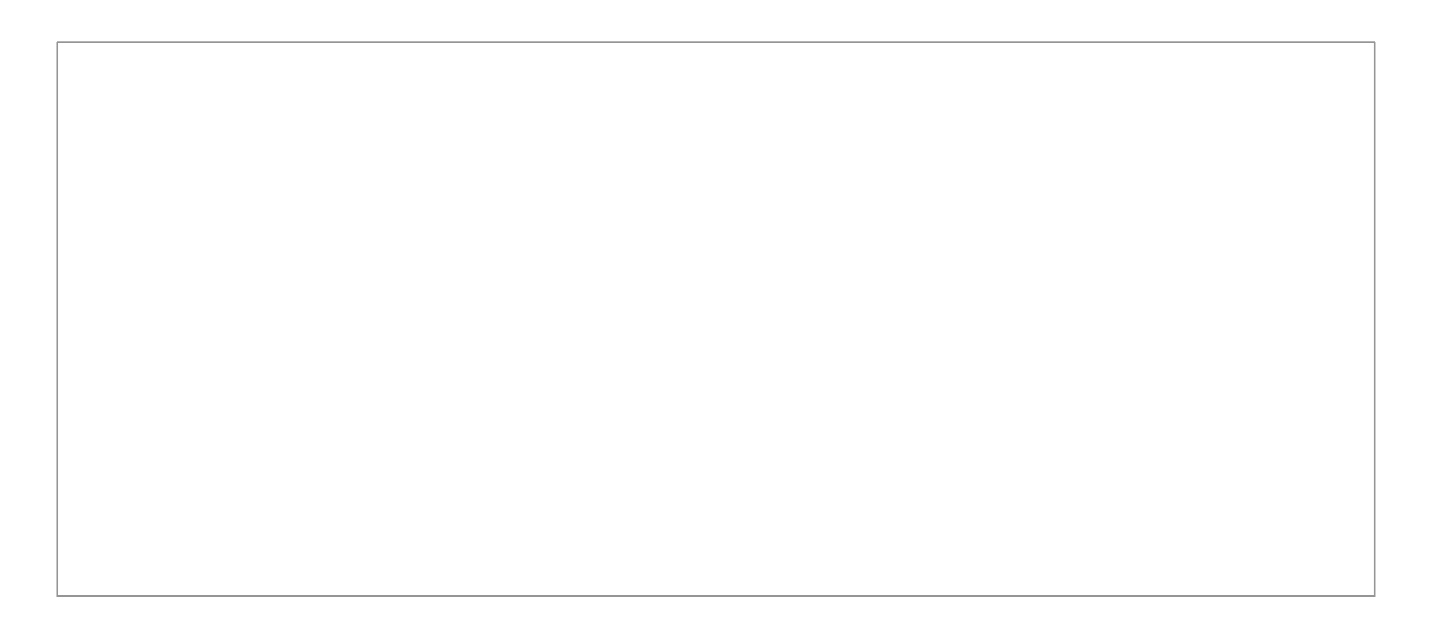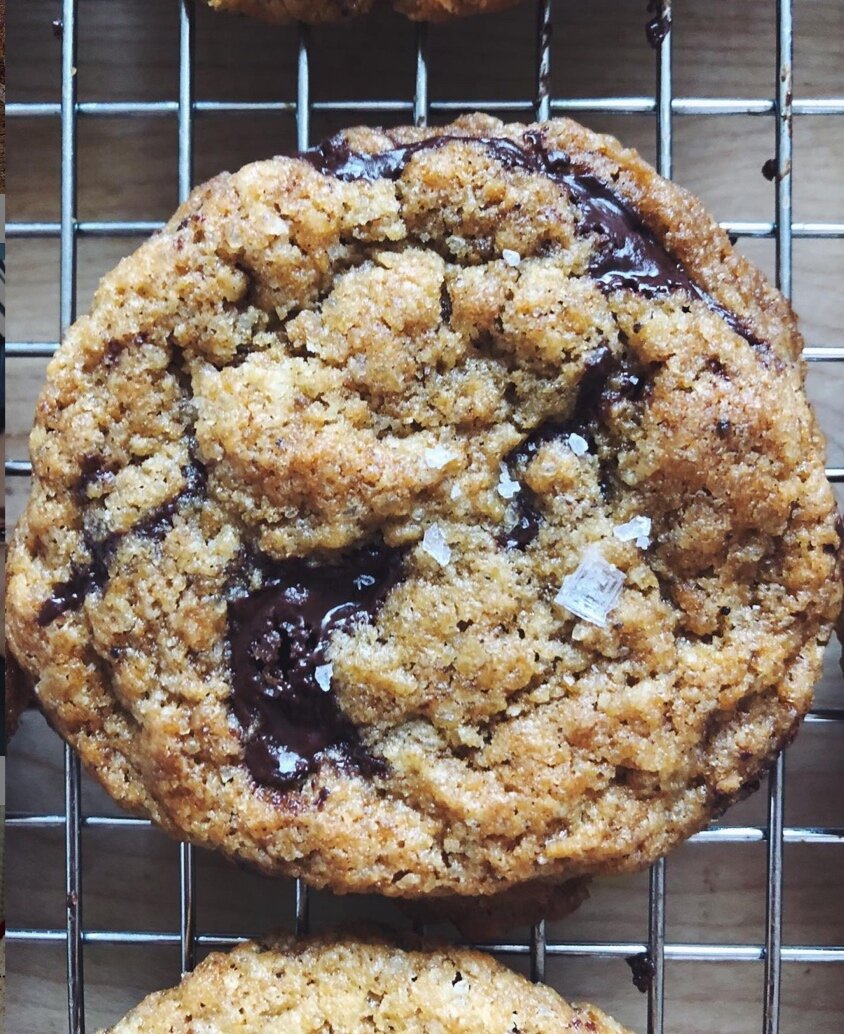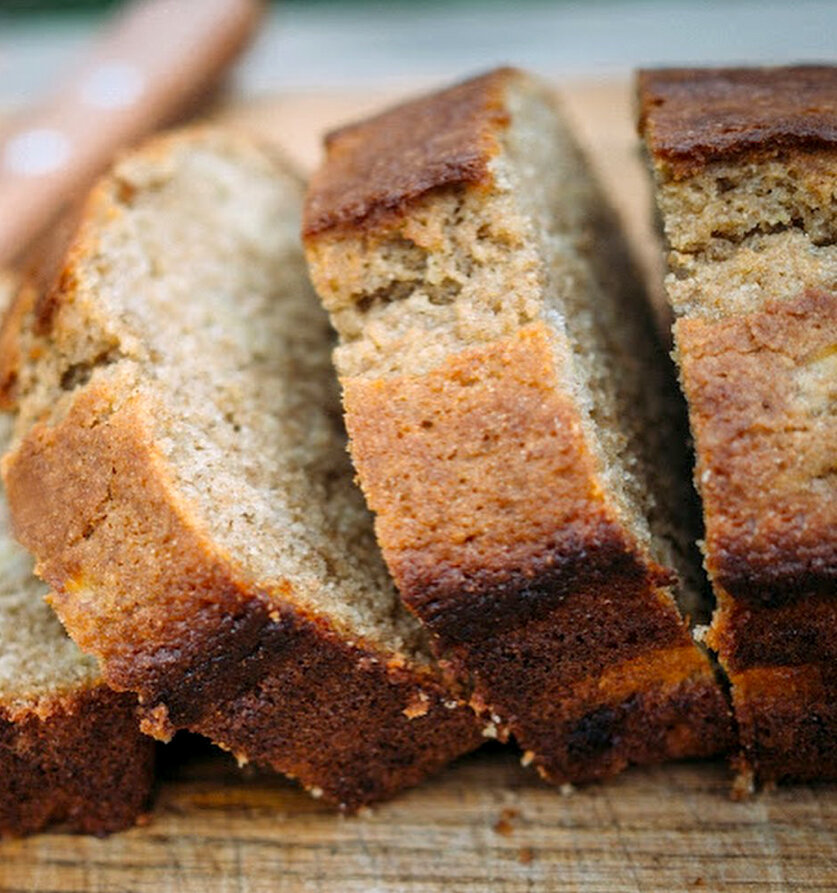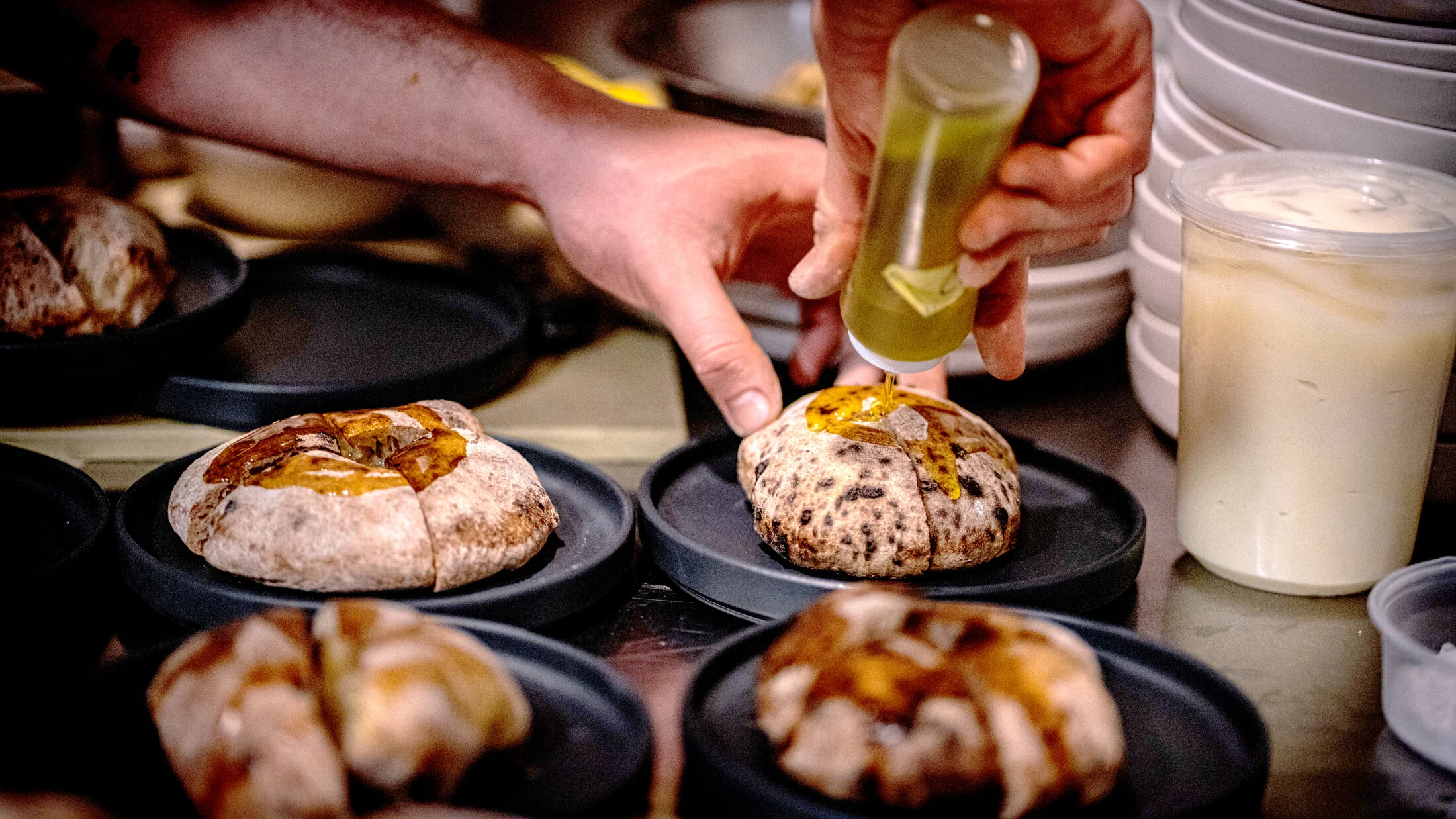
MAKE
HALVA CHALLAH
BY LENA MILLER
Makes two medium-sized challah
INGREDIENTS
Blooming the Yeast
1 package or 7 grams active yeast
½ cup warm water
1 Tbsp or 8 grams Dry Storage All-purpose flour
1 tsp or 6 grams cane sugar
Dough
¾ cup warm water
2 medium sized eggs approx 100g
¼ cup or approx 50g olive oil
¼ cup or 60g cane sugar
1 Tbsp or 15g kosher salt
2 Tbsp or approx 40g honey
4 cups or 536g Dry Storage Functional flour
(Optional) 2 cups halva of your choosing. I like Seed & Mill's but you can often find Halva at Mediterranean
grocery stores. If you’re in Boulder, check out Boulder Mediterranean Deli or Cured
1 egg for egg wash
¼ cup sesame seeds for garnish
/ FLOUR TO MAKE CHALLAH \
Instruction
In the bowl of a stand mixer, combine the active yeast, 4 oz warm water, tablespoon flour and tablespoon sugar. Stir gently and leave for 10 minutes. The mixture should look cloudy and foamy. If the mixture does not bubble/foam, it is likely that the yeast was no longer active. I recommend starting new if this is the case.
In a separate bowl, combine 6 oz warm water, eggs, olive oil, sugar, salt, honey and whisk. If your honey has crystallized, I recommend making a “warm water bath” and soaking your jar of honey until the honey becomes liquid once more. If the honey is not entirely incorporated, you can end up with pockets of honey in your bread… I know that sounds delicious but we’re going for even distribution of sweetness.
Add this mixture to the stand mixer with the yeast mixture. Combine the two with the paddle attachment.
Add 1 cup or 134 g of flour to the mixture and stir until fully combined, no clumps of flour. Now, add another 2 cups or 268g of flour to the stand mixer and stir to combine. Once all the dry flour is incorporated, stop the stand mixer and let the dough rest for 15 minutes. While you wait, switch out your paddle attachment for the dough hook.
Stir in an additional cup or 134g flour. With the dough hook, “knead” the dough for 12 minutes on medium speed. I put “knead” in quotes because in my mind kneading the dough is a very physical process of folding and pushing a dough until it becomes strong and elastic. In this case, we’re letting the electric mixer do the work. If you do not have an electric mixer you can absolutely mix and knead the dough by hand although it will be a bit sticky.
When the dough starts to look elastic, turn the dough out onto a flour-ed surface. To remove the dough from the bowl, I recommend using a dough scraper or a wet hand. The dough will be quite wet. You might be tempted to add more flour… don’t do it! I promise it will become bread. The less flour you incorporate now, the more tender and fluffy the crumb will be later and that’s the kind of challah we’re looking for.
Using one hand, scoop one side of the dough and push it away from you. Then, without lifting your hand off the dough, pull it back toward you. This is known as “shaping” the dough. The exterior of the dough should start to look smooth and feel taught with the seam underneath.
Once you’ve formed the dough into a nice ball, gently pick it up and place in an oiled, large, heavy bottomed bowl or rising tub. The dough will double in size so you’ll want to make sure its container can accommodate that.
Cover the container with plastic wrap or a tea towel and place it in a warm place. The amount of time it takes for the dough to double in size depends on the temperature of the space in which it's rising and your altitude. I live in Boulder, CO. We are at a higher altitude which means there is lower air pressure. Therefore, my dough rises faster than those at sea level. On average the doubling process for me takes 1.5-2 hrs. The climate is also quite dry so I make sure to coat my dough well with oil and cover my bowl with plastic so that a skin does not form.
Once it appears to have doubled, gently use your fist to push the dough down 3-4 times in different spots. The goal is to deflate it slightly. Allow the dough to rise again for 1 hour.
It’s time to prepare for the bake! Line two baking sheets with parchment paper or silpat. Gently turn the dough out onto a clean, lightly floured, surface.
If you want to make a classic braided challah, read on. If you’d like to make the Halva challah, please continue to step 14.
Divide your dough with a knife or bench knife into 6 equal pieces. Roll each piece out to an approximately 8 inch strand. Reminder! You’re making two loaves. So we’ll start by braiding three of the strands. Pinch the three strands together at one end. Then, grab the outer right strand and fold it over the middle strand. Take the outer left strand and fold it over the middle strand (Which was originally the right strand but is now in the center). Continue until you reach the end. Pinch the ends of the three strands together and tuck the end under itself slightly to create a cleaner look. Using care, lift the challah onto your baking sheet. Repeat this process with the other three strands.
We’re making Halva Challah! Roll the dough out to a large rectangle. Sprinkle your halva evenly over the surface. Starting on the long end, begin rolling the dough up like a log. Once all the way rolled up, pinch the seam to seal. Using a bench knife, or a knife, divide the dough into 6 equal pieces. Roll each piece out to a 8 inch strand. Don’t worry too much if the halva starts to break through to the surface. You’re making two loaves. So we’ll start by braiding three of the strands. Pinch the end of three strands at one end. Start by grabbing the outer right strand and folding it over the middle strand. Take the left outer strand and fold it over the middle strand (Which was originally the right strand but is now in the center). Continue until you reach the end. Pinch the ends of the strands together and tuck the end under itself slightly to create a cleaner look. Using care, lift the challah onto your baking sheet. Repeat this process with the other three strands.
We’re going to egg wash each braid. It’s helpful to have a pastry brush for this but I can also provide an alternative method. Crack your egg into a small bowl. Using a fork, whisk the egg till the mixture is homogeneous. Add 1 tablespoon water and stir a bit further. Using a pastry brush, thoroughly brush each loaf with the egg mixture. This gives the loaf that beautiful golden brown shine so make sure you get an even coat. If you do not have a pastry brush you can lightly soak a paper towel in the egg wash and use that to gently coat your loaves. Sprinkle each loaf evenly with sesame seeds. Allow the two loaves to rise at room temperature for 30
minutes.
Preheat your oven to 400ºF. Bake loaves for 35-45 minutes or until they're golden brown.
Allow to cool on a wire rack. I recommend tearing off a piece while fresh. To store, wrap in foil and keep in a paper bag at room temperature. Will keep for 3-4 days this way. I suggest toasting before serving.
— ABOUT tHE CHEF —
LENA MILLER
Growing up in Berkeley, with its edible schoolyards, gourmet ghetto, and meyer lemons hanging heavily from neighborhood trees, Lena may have been destined to care deeply about food. But there must be something inborn, too, because Lena seems instinctively to pause for all things beautiful: the burnished braids of just-baked challah on her family’s table, the early morning dew on those lemon blossoms, or the scent of dried bay laurel leaves cracking underfoot during her Tilden Park trail runs. Whatever its origin, nature or nurture, her aesthetic sensibility ensures that anything that comes out of Lena’s kitchen is as wonderful to behold as it is to eat.

OUR COMMUNITY
- THEY INSPIRE US -
contributors of CHEFS, BAKERS, FRIENDS












